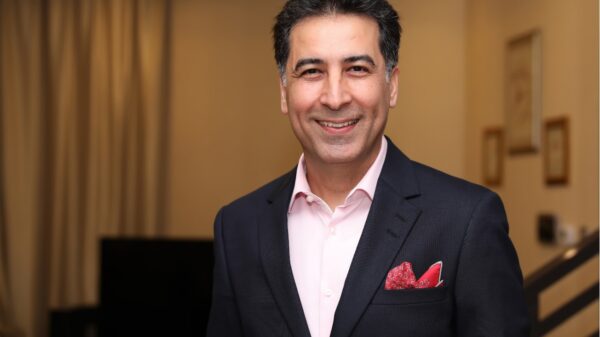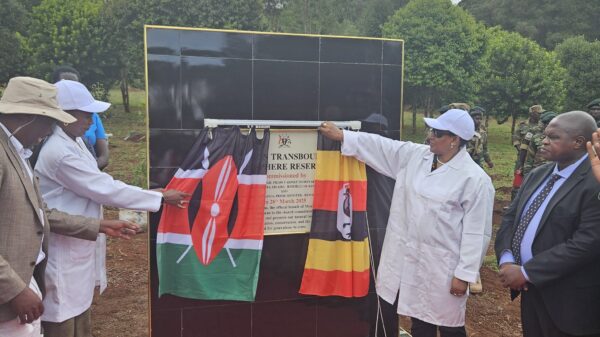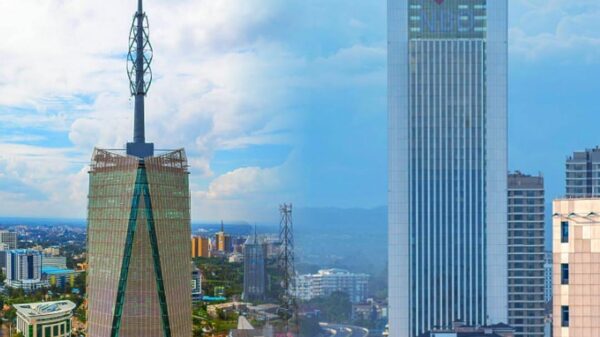
The projects encourages planting trees that were equivalent to your age to increase the country’s forest cover/XINHUA-File
Green Africa Foundation spokesperson Nicholas Okeya told Capital FM News on Saturday that the project was aimed at encouraging young people to plant the number of trees that were equivalent to their age to increase the country’s forest cover.
He noted that future generations were in jeopardy and they would face rough times if the country’s current forest cover was depleted even further.
“Every school going child and every adult, whichever age, should plant a tree wherever they are. If you are five years old plants five trees. We have done a lot of damage to our environment and it is upon us to restore what we have destroyed,” he said.
He however stressed the need to nature the trees and ensure that they matured. Okeya further urged Kenyans to ensure that they planted at least one tree every time they marked their birthday.
Green Africa Foundation Secretary Francis Musumba explained that about 10,000 tree seedlings were to be planted at the KWS on Saturday.
Each volunteer was to part with Sh80 shillings for a seedling in support of the bid which was launched in April this year in Kitui with 9,500 trees planted.
“The trees that we planted are doing well so we thought it would be best if forge ahead and get more young men to join in because they youths are the majority in this country and they need to care for the environment,” he said.
The 24 year old added that the plan, which was initiated on social networks like Facebook, Twitter and LinkedIn, only planted indigenous trees and ensured that a group of volunteers took good care of the seedlings.
“We will plant indigenous trees in the park especially the croton tree which cannot be affected by the animals. But we a planted a mixture of indigenous trees and non indigenous trees in Kitui,” he explained.
About 1,500 people of different ages turned up for the event.
This comes at a time when the government and the United Nations Environmental Programme (UNEP) say that Kenya lost an average of Sh6 billion between 2009 and 2010 due to deforestation.
“We will not move forward without growing trees in our agricultural landscape. We have to grow trees not just plant them and we have to do it as a business,” said Kenya Forest Service (KFS) Director David Mbugua.
“There are 40 million Kenyans now but our forestry has not grown since 1963 when we were seven million Kenyans. So we have 40 million depending on the same resource that supported seven million Kenyans,” noted earlier in the month.
UNEP Executive Director Achim Steiner also expressed concern at the long term effects of illegal logging on the country’s economy.
He also stressed the need for the country to secure its water towers saying they were the heart of the region’s social, political and economic environments.
“Without these water towers the lights will literally go out; the water taps will dry up and farms will lose their crops. It is as simple and as dramatic as that,” he argued.
The Mau Forest Complex, Mount Kenya, the Aberdares, Mount Elgon and Cherangany feed filtered rainwater to rivers and lakes and provide more than 15,800 million cubic metres of water per year, which represents over 75 per cent of the country’s renewable surface water resources.
These forests store water during the rainy season and release it slowly, thus ensuring water flow during dry periods.
Yet between the years 2000 and 2010, deforestation in the water towers amounted to an estimated 28,427 hectares, leading to reduced water availability of approximately 62 million cubic metres per year.
Inflation spiked above 10 percent on three occasions between 2000 and 2010, each time driven by drought combined with increasing crude oil prices and weaker exchange rates.
“Kenya is today underlining its determination to be among a group of pioneering countries putting its nature-based assets at the centre of its sustainable development ambitions,” said Steiner.

































